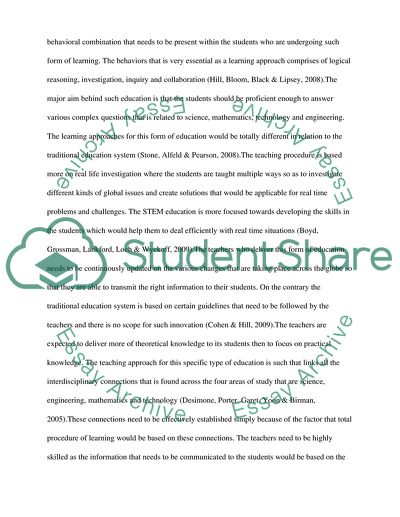Cite this document
(“Stem Education Term Paper Example | Topics and Well Written Essays - 1750 words”, n.d.)
Stem Education Term Paper Example | Topics and Well Written Essays - 1750 words. Retrieved from https://studentshare.org/education/1653179-stem-education
Stem Education Term Paper Example | Topics and Well Written Essays - 1750 words. Retrieved from https://studentshare.org/education/1653179-stem-education
(Stem Education Term Paper Example | Topics and Well Written Essays - 1750 Words)
Stem Education Term Paper Example | Topics and Well Written Essays - 1750 Words. https://studentshare.org/education/1653179-stem-education.
Stem Education Term Paper Example | Topics and Well Written Essays - 1750 Words. https://studentshare.org/education/1653179-stem-education.
“Stem Education Term Paper Example | Topics and Well Written Essays - 1750 Words”, n.d. https://studentshare.org/education/1653179-stem-education.


